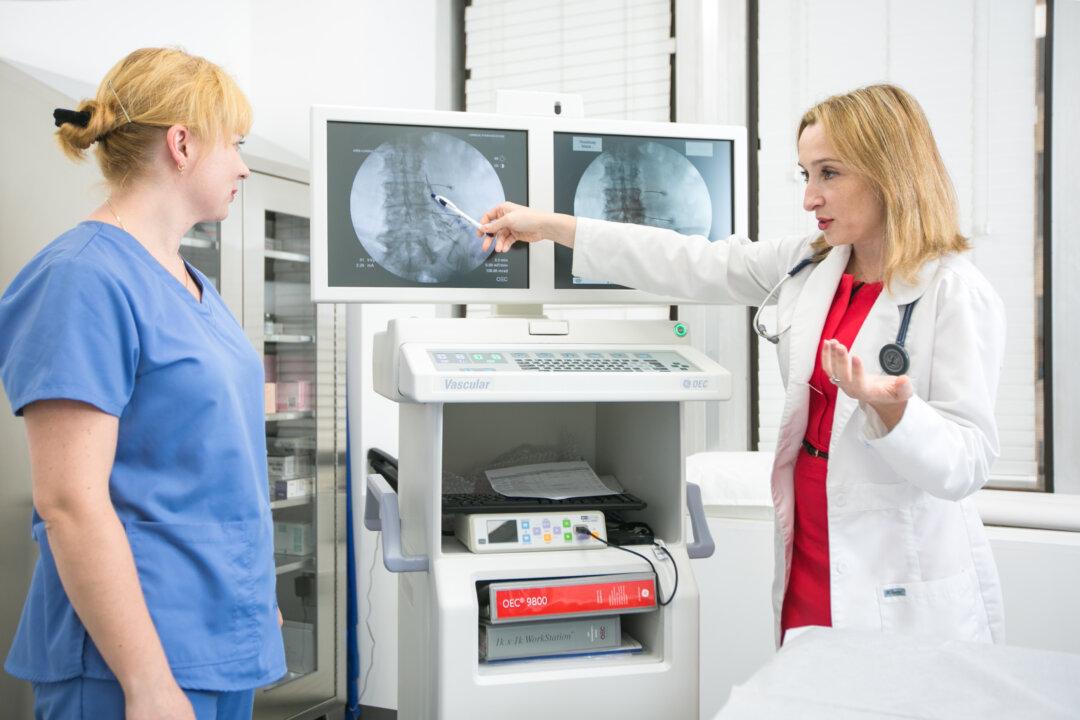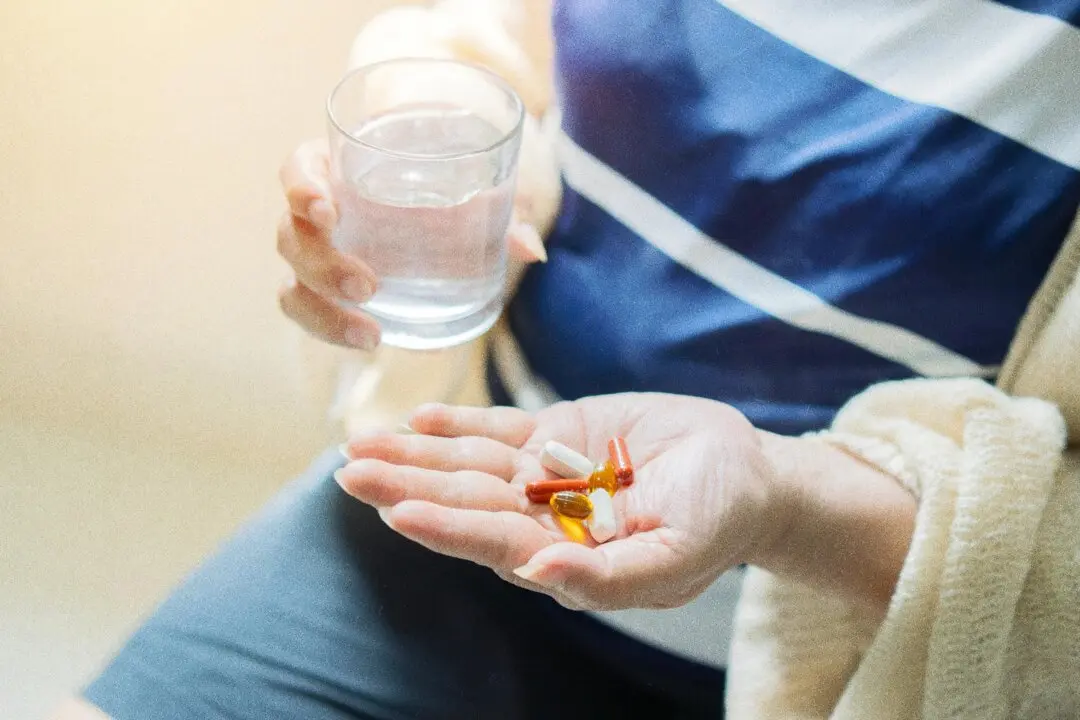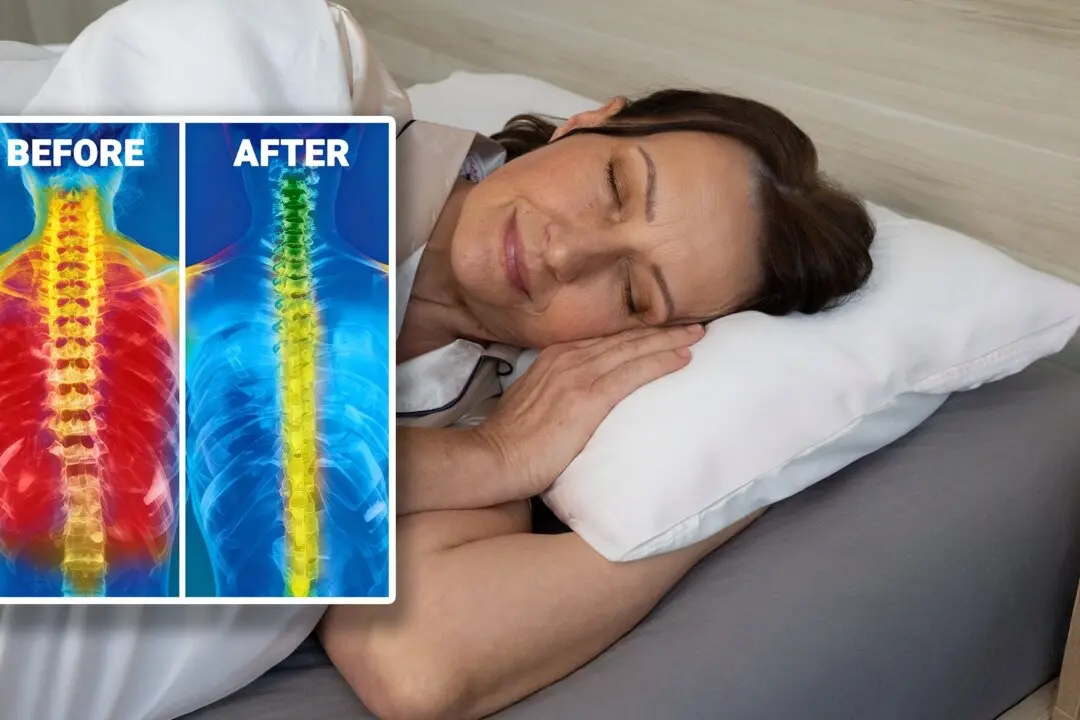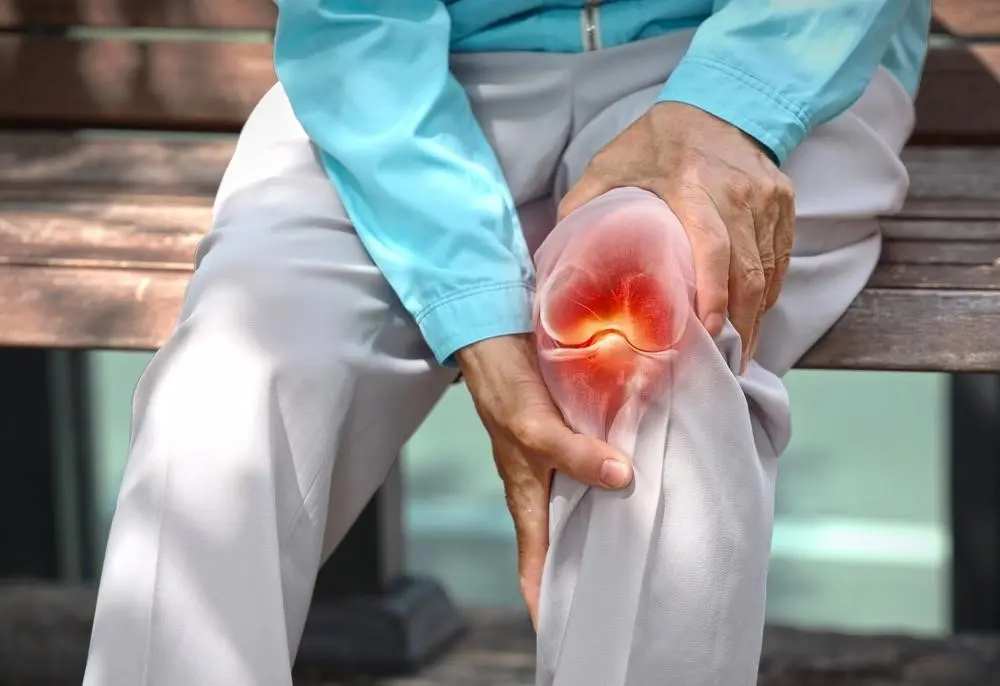For the last seven years, Dr. Mila Mogilevsky has dedicated her practice to treating acute chronic pain without opioid medications.
“In the long run, they [opioids] usually do not prove to work well when it comes to managing chronic, non-malignant pain,” she explained. “People develop opioid tolerance and dependence.”
Her approach is two-pronged: First, she uses non-surgical treatments that target painful areas, then she works with patients to make sure they have a comprehensive and customized rehabilitation plan.
These methods significantly resolve pain for months or years.
“The idea is that the nerves will not bother the patient for hopefully at least nine months to a year and a half. [But] they [the nerves] do grow back ... which is why I tell my patients nothing we do is permanent and that’s probably a good thing, as opposed to, say, drastic surgery where changes are irreversible,” she said.
That is not to say that surgery does not have its place, she adds. “We work with a wonderful group of surgeons, who treat patients conservatively and provide excellent care when needed.”






